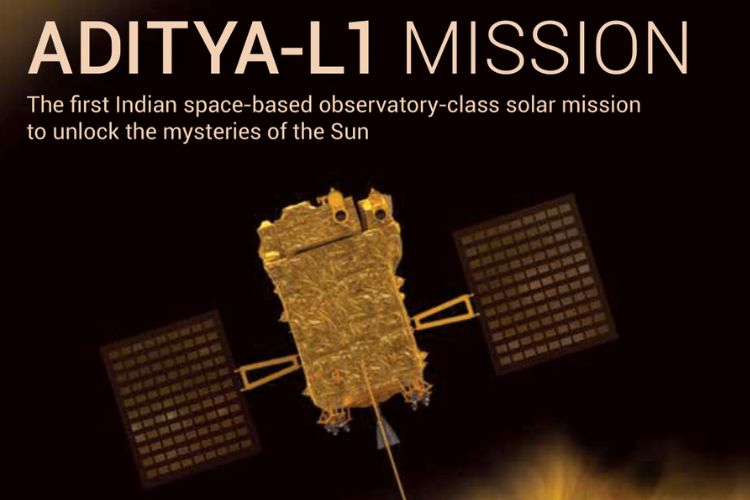
Just a few days back, the Indian Space Research Organization (ISRO) made history with its Chandrayaan-3 Mission by successfully landing on the south pole of the moon. While this mission is currently underway and is expected to make some significant discoveries in the coming days, ISRO has now shifted its attention towards its first solar mission, the Aditya-L1. And today, ISRO has announced when the Aditya-L1 mission will take off, so let’s check out the details.
Aditya L1 Sun Mission: Launch Date and Time Revealed
ISRO, via an official X post (formerly Twitter), announced that India’s first-ever solar observatory mission, Aditya-L1, will be launched on September 2, 2023. The Aditya-L1 will be launched by ISRO’s PSLV XL rocket from the Satish Dhawan Space Center SHAR (SDSC-SHAR), Sriharikota, at 11:50 AM IST. To recall, the tentative launch of this mission was revealed earlier by ISRO Chairman S Somanath to the media agency ANI.
The mission will place the Aditya-L1 in a halo orbit around the Sun-Earth Lagrangian point 1 (L1), about 1.5 million kilometers from the Earth. The entire journey will take about four months and help ISRO study the outermost layer of the Sun (the Corona) as well as carry out in-situ study of particles and fields to understand the effects of solar activities on space weather in real-time.
Initially, the PSLV XL rocket carrying the Aditya-LI satellite will be placed in a Low Earth Orbit and then will subsequently exit the Earth’s gravitational Sphere of Influence (SOI) to move towards the L1 point by using onboard propulsion.
Objectives of the Aditya-L1 Mission
The spacecraft will carry seven payloads to study the photosphere, chromosphere, and the outermost layers of the Sun (the corona) using electromagnetic, particle, & magnetic field detectors. As outlined by ISRO, the Aditya-L1 solar mission will complete the following scientific objectives:
- Study the upper atmospheric layers, the Chromosphere, and the Corona of the Sun.
- Study of chromospheric and coronal heating, physics of the partially ionized plasma, initiation of the coronal mass ejections, and flares.
- The physics of the heating mechanism of the solar corona.
- Observe the in-situ particle and plasma environment to gather data that will facilitate the study of particle dynamics from the Sun.
- To collect diagnostics of the coronal and coronal loops plasma (temperature, velocity, and density), and more.
Uniqueness of the Aditya-L1 Mission
With being the debut solar mission for India, the Aditya-L1 is also unique in several ways. As mentioned by ISRO, the following aspects of the Aditya-L1 will make it one of its kind:
- First-time spatially resolved solar disk in the near UV band.
- Study the CME dynamics close to the solar disk (~ from 1.05 solar radius) to provide information on the acceleration regime of CME, which is not observed consistently.
- Onboard intelligence to detect CMEs and solar flares for optimized observation and data volume.
- Using multi-directional observation to understand the anisotropy of solar wind.
With that said, if you want to learn more about the Aditya-L1 solar mission, visit the official ISRO website. You can also witness the launch from the Launch View Gallery at Sriharikota by registering your interest via the Space Theme Park registration page. As India gears up for another one of its kind mission, our excitement level is at an all-time high. Are you excited for the Aditya-L1 mission? Share your thoughts in the comment section below.